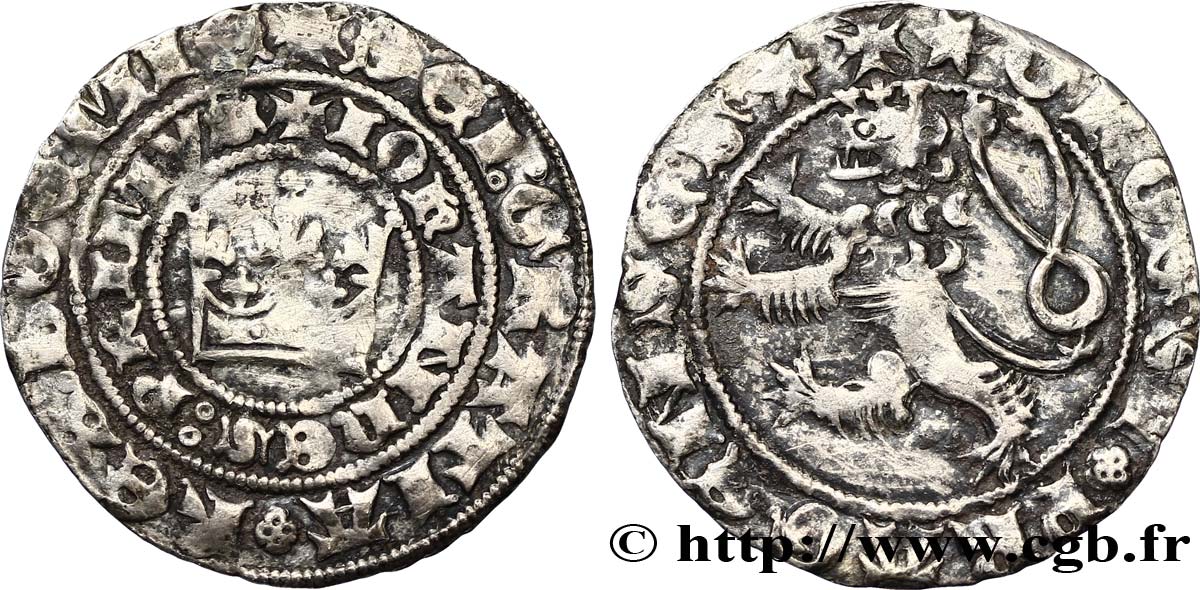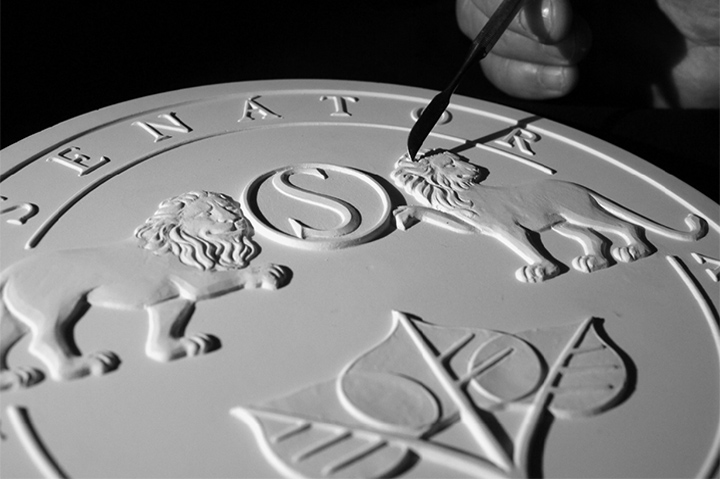Free Ideas For Antique Finish Czechoslovakia Medals
Wiki Article
How And Why Would You Scan A Plaster Model To Make A 3d Digital Model Of Gold Medals Or Coins?
Scanning a maquette for gold medals and coins requires special equipment. It records all dimensions of the model, its details, as well as physical characteristics of the model. This digital replica is utilized in various ways during the production.
3D Scanning: High-resolution 3D scanners are utilized to capture all details and dimensions of the model. These scanners use various methods like laser scanning, or structured light to capture precise measurements and geometrical details.
Surface Information Capture - The scanner projectes light or laser beams onto the model's surface. The scanner captures the reflections and distortions that these beams cause, thus recording the surface information.
Data Collection - As the scanner passes over the model, it collects an enormous amount of data, creating an electronic version of the model’s geometry, contours, and other details.
Conversion into 3D Model. Specialized software reconstructs information from the collected information into a 3D model. This model reflects the physical characteristics and dimensions of the maquette of plaster.
Why do we need to create an Digital 3D Model
Precision and Replication Digital 3D models enable precise replication of the physical model's specifications and dimensions. It is essential to maintain this precision to ensure that the final design of the gold coin or medal is in line with the original.
Digital models can be easily altered and refined. Designers can alter the 3D models without changing their original plaster maquette.
Compatible with Manufacturing Processes: Digital 3D models can be used with various manufacturing techniques, including 3D printing and CNC machining. This allows rapid production of molds and dies.
Digital 3D designs can be saved and used for documentation. Digital models can be saved for future use, as reproductions or historical documentation.
By scanning the plaster model and then creating digital 3D models designers and manufacturers can improve the efficiency of their production, ensure accuracy in replication and make use of the latest manufacturing technologies to make gold coins or medals with a high degree of precision and fidelity to the original concept. View the recommended Scanning and 3D Modeling Prague Mint gold coins website examples. including buy gold bullion, congressional gold medal, 2000 sacagawea dollar, gold american eagle price, gold silver shops near me, george washington gold dollar, 10 dollar gold coin, gold bullion price, oz gold bars, double eagle coin and more.

How Does A Janvier Machine Transfer The Gold Coin Or Medal Design From The Master Hub Onto A Working Hub?
A Janvier machine can also be referred to as a pantograph, or the reducing machine. It's used to transfer the appearance of a coin medal from the master to a working center. This article will explain the process it uses to accomplish this Master Hub Creation-
The master hub is the primary coin or medal die or mold. It is produced through CNC machining, or using other techniques of precision.
Setup for Janvier Machine-
The Janvier machine has a stylus, which copies the design from the master hub onto the working hub.
The Janvier machine comes with a master hub which acts as a template to guide the transfer of design.
Tracing The Design
The Janvier stylus of the machine records the contour of the design as it travels along the hub's surface. As the stylus moves on the surface of the master hub it keeps track of its shape.
The Design of the Home
Simultaneously the Janvier machine's cutting tool transfers the design traced on to the hub in use. The hub is made of a softer metal that the master which is typically steel or nickel.
The cutting tool reproduces or cuts down the design of the hub in the size or scale compared to that of the hub that is master. This is essential for the minting process, as it permits the sculpting of medals or coins at the exact size.
Precision and Accuracy-
Janvier machines are controlled with a high degree of precision to ensure a perfect transfer of design from master hub to working hub. It faithfully reproduces the tiny details and contours.
Quality Control
The design and quality of the hub is assessed to ensure the transfer design meets the requirements for striking process.
Additional Processing
The hub of Janvier can be used as an instrument in the striking of coins and medals. The mold or die is used to produce numerous coin blanks or medal blanks by using the transfer design.
Janvier is a key element in minting because it is able to precisely replicate and reduce complex designs for coins or medals. These working hubs will then be used to create mass production of coins or other medals by striking the process. Check out the top janvier processing Czechoslovakia gold coins site tips. including silver double eagle coin, gold medal of olympic, gold price apmex, gold medals michael phelps, today's 1 oz gold coin price, gold coins for sale near me, 2000 p sacagawea dollar, gold dollar, gold bullion bars, 24 karat gold coin and more.
Why Do Dies Need To Be Polished Manually In Order To Get A Perfect Finish On Gold-Plated Coins And Awards?
It is essential to polish by hand dies to create an even and smooth surface. A smooth surface allows for better reproduction of intricate detail and the fine details of the design on the struck coins or medals.
The polished die ensures that the coins or medals produced have sharp edges, clear details, and a good relief. This enhances the aesthetic and quality of the finished product.
Polishing can reduce wear and tear in the process of strike. Smooth surfaces on dies reduce the chance of irregularities or defects on struck coins and medals.
Consistency in Striking. Hand-polished dummies provide an even strike surface and ensure uniformity in the coining process. Consistency in design is critical to maintaining accuracy, depth, or overall quality on a variety of coin and medals.
Longevity and durability of DiesDies with a high polish are less prone to damage or wear when struck. Die dies are stronger and last longer, which allows for more strikes to be struck without sacrificing the quality.
Precision and Accuracy - Hand polishing allows the engraver fine-tune certain areas of the die, making sure the details are accurately replicated on medals or coins struck. This accuracy is essential for the accuracy of the finished product.
Quality Control - Polishing is component of quality control. Examining the die during the hand polishing process will allow the identification and correcting any flaws before striking.
Surface Finish- Polishing adds an unique appearance or texture to medals and coins, enhancing their appearance.
Overall, meticulous hand polishing of dies for gold coins and medals is an essential step in making sure that you get high-quality, accurately detailed, and aesthetically pleasing produced products. It has a significant influence on the final product's appearance, durability, and consistency. Take a look at the best hand polishing Prague Mint gold medals website examples. including $20 gold piece, silver double eagle, kruger rand, 1 10 gold eagle, michael phelps medal, gold bullion price today, sell gold coins, gold silver dealers, mexican gold coins, buy gold bullion and more.

How Are Gold Blanks Fed And Stamped With High Pressure In Coin Presses During Minting?
In the process of minting, gold blanks are fed into coin presses and then stamped under extreme pressure to make them into pieces of gold or coins. Here's a summary of the steps involved in loading blanks.
Incorporating gold-plated blanks into a feeder connected to the coin press takes place after they've been prepared, inspected and graded. The feeder system is responsible for ensuring an uninterrupted flow of blanks into the machine.
Feeding Blanks Into the Press
The system of feeding is designed to direct the blanks one at a time into the striking chamber. The feeder system guarantees that each blank is placed precisely to be stamped.
Alignment and Positioning
In the press, the blanks are aligned before being placed in the striking chamber to ensure that they are completely centered and oriented to allow for the stamping process.
Striking under High Pressure
The coin press is made up of two dies: one stationary, and the other one moves. The stationary die contains the impression of the design that is negative while the one that can move is known as the Hammer.
The die moving transfers the design from the blank onto its surface with a great deal of force. The pressure of the dies creates the design, as well as the relief is raised.
Striking repeatedly is optional.
Multiple strikes can be utilized to create a sharply defined appearance or design on high quality coin and medals. Each strike helps to refine the surface details of the coin or medal.
Ejection and Collection
When they have been struck after which the medals and coins are then thrown into tray. They are checked for quality control, to make sure that the designs are in line with all standards and criteria.
Post-Processing-
In addition to edge letters and Reeding based on specifications of the design or the mint specifications, certain coins or medals will undergo post-strike treatments or other procedures.
Stamping gold blanks with high pressure is essential since it imprints the design you want to see on them, turning them into refined coins and medals which can be used for commemoration, collection or circulation. This process is highly precise as any changes in pressure or alignment will alter the quality of the final piece. Follow the top minting Prague Mint gold coins site recommendations. including gold morgan dollar, coin gold silver, gold dollar coin, price of 5 dollar gold coin, 50 pesos gold coin, 1 oz gold coin, american gold eagle 1 oz, cost of a gold bullion bar, silver bars for sale near me, 1 ounce gold and more.
